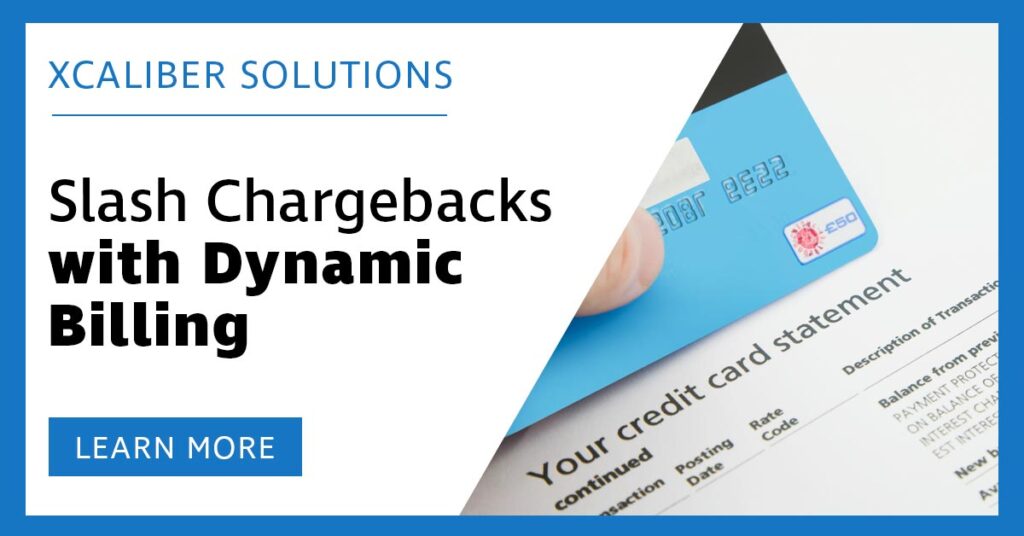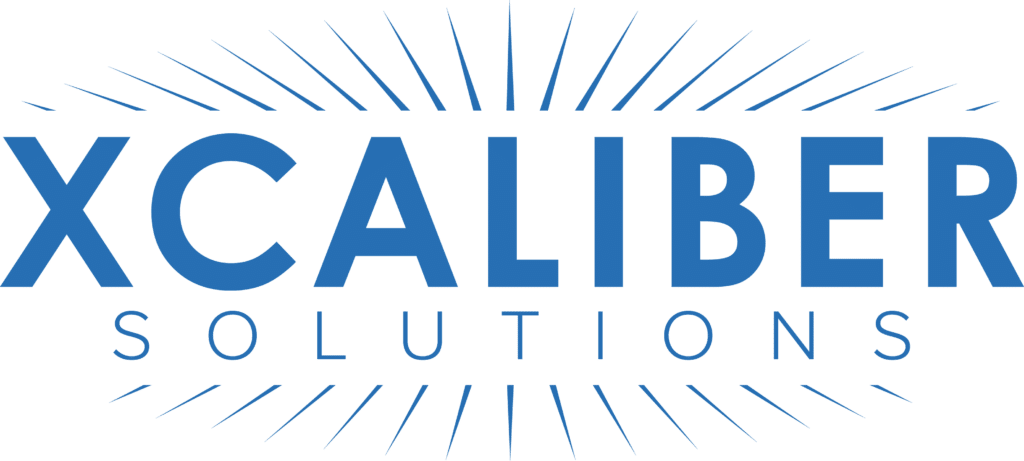How Dynamic Billing Descriptors Can Slash Your Chargeback Rates

“I Didn’t Order That, and I’ve Never Heard of You!”
Customer Karen
Despite the industry’s best efforts to tackle it, payment card fraud remains a serious and increasing problem.
A study by J. P. Morgan, for example, reported that a staggering 86% of consumers had been the victim of some kind of payment fraud in 2020. And with the increase in online shopping brought about by the COVID pandemic, it’s highly unlikely that this figure will have decreased in the meantime.
So, in the current tough economic climate, it’s not surprising that customers are scrutinizing their credit and debit card statements more closely than ever.
And they’re quicker than ever to file a chargeback if they suspect fraud or – crucially – if they simply don’t recognize a transaction.
What are Dynamic Billing Descriptors
This is why your billing descriptors matter so much.
That short bit of text – usually limited to as little as 20-25 characters – is the only way in which your business can be identified on your customer’s card statement.
In the past, your descriptor options were largely limited to what are called static billing descriptors.
These include such basic information as your business name, location, and perhaps some contact details such as a phone number or shortened URL.
The Advantages of Dynamic Billing Descriptors
It sounds fine, but for businesses operating a number of differently named storefronts, or e-commerce merchants whose location is largely irrelevant to the customer, these details will not necessarily help the customer recognize a transaction.
This is where dynamic billing descriptors come in.
Essentially, they allow you to customize your billing descriptors on a transaction-by-transaction basis, reflecting the item purchased and the location of the sale.
Transaction data is sent to your card processor through an application programming interface (API). The API automatically generates a new billing descriptor that will include details of your choice, such as the product purchased, and a recognizable brand or storefront name.
How to Use Dynamic Billing Descriptors Effectively
Dynamic billing descriptors have great potential to help businesses reduce disputes and chargebacks. But they’re only as useful as the information you put in.
So here are some ways in which to ensure their maximum effectiveness –
- Keep them simple and easy to recognize;
- e-commerce merchants can use a URL as their store name;
- and every merchant should use their storefront name rather than a registered business name that is likely unknown to the customer;
- the easier it is for customers to contact you, the less likely they are to file a dispute, so always include a phone number that will be answered and a URL (shortened if necessary).
Contact Us
Finally, it’s a good idea to carry out test runs from time to time.
This allows you to see exactly what your customers are seeing on their statements, and make any changes that may seem necessary in the light of any chargebacks that are still coming through.
These measures will go a surprisingly long way towards reducing your dispute rate. But if you want to find out more about comprehensive chargeback solutions please contact us here.
Our experts are always ready to help.

